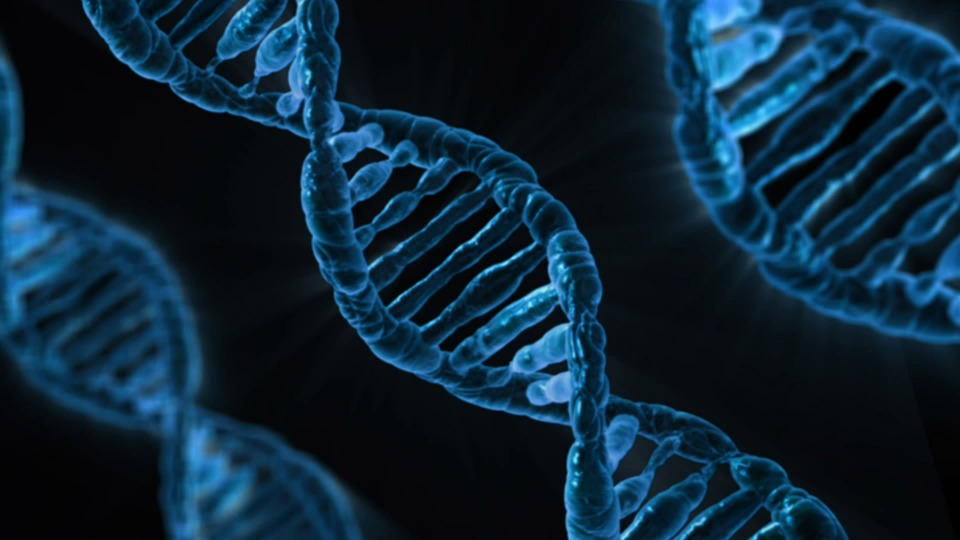Scientists at Yale University have developed a new in-vivo gene editing technique to correct mutations that cause beta thalassaemia – a form of anaemia that reduces haemoglobin production. This technology was previously limited to in-vitro cell culture studies.
Scientists published their study in the Nature Communications journal on 26 October 2016. This study is the fruit of the collaboration between Yale Medical School Laboratories and Biomedical Engineering Professors, Peter Glazer and Mark Saltzman, which dates back to 2009.
Raman Bahal, co-author of the study explained: “We have created a technology based on the interface of Chemistry, Biology and Nanotechnology to edit a genetic mutation in anaemic mice whilst improving the phenotype of sick mice using minimum off-target effects“.
The technology that has been developed involves injecting a protein into bone marrow. According to the study, this protein combined with synthetic molecules known as “PNA” bind to a “target gene” to form a triple helix and thus trigger the repair process of the defective cell causing thalassaemia.
By successfully editing corrective genes in mice with thalassaemia, this technique could be further investigated in order to treat human beings.
Yale Daily News (Amy Xiong) 29/11/2016.
Photo : Pixabay, DR.

